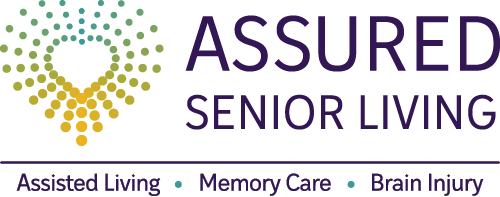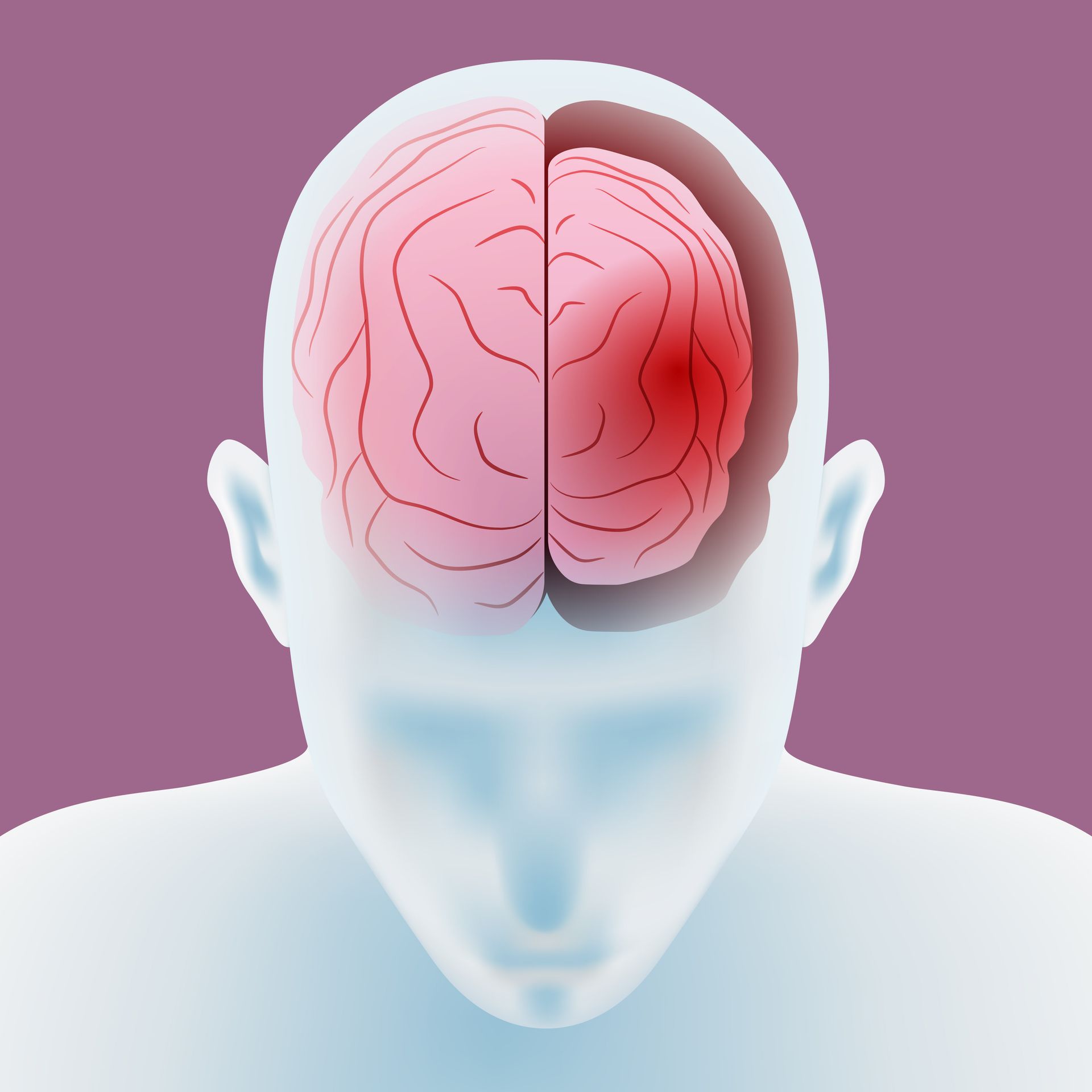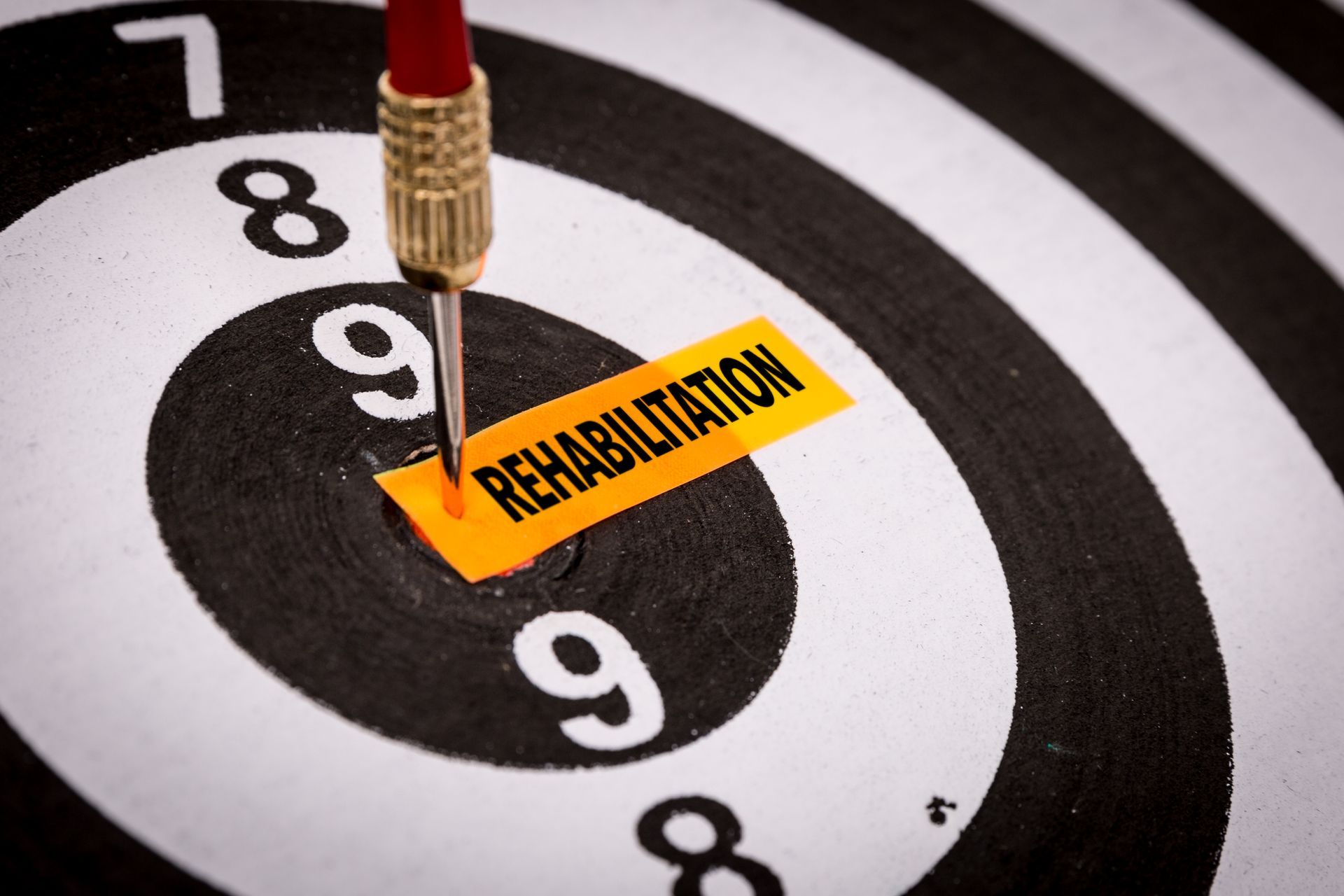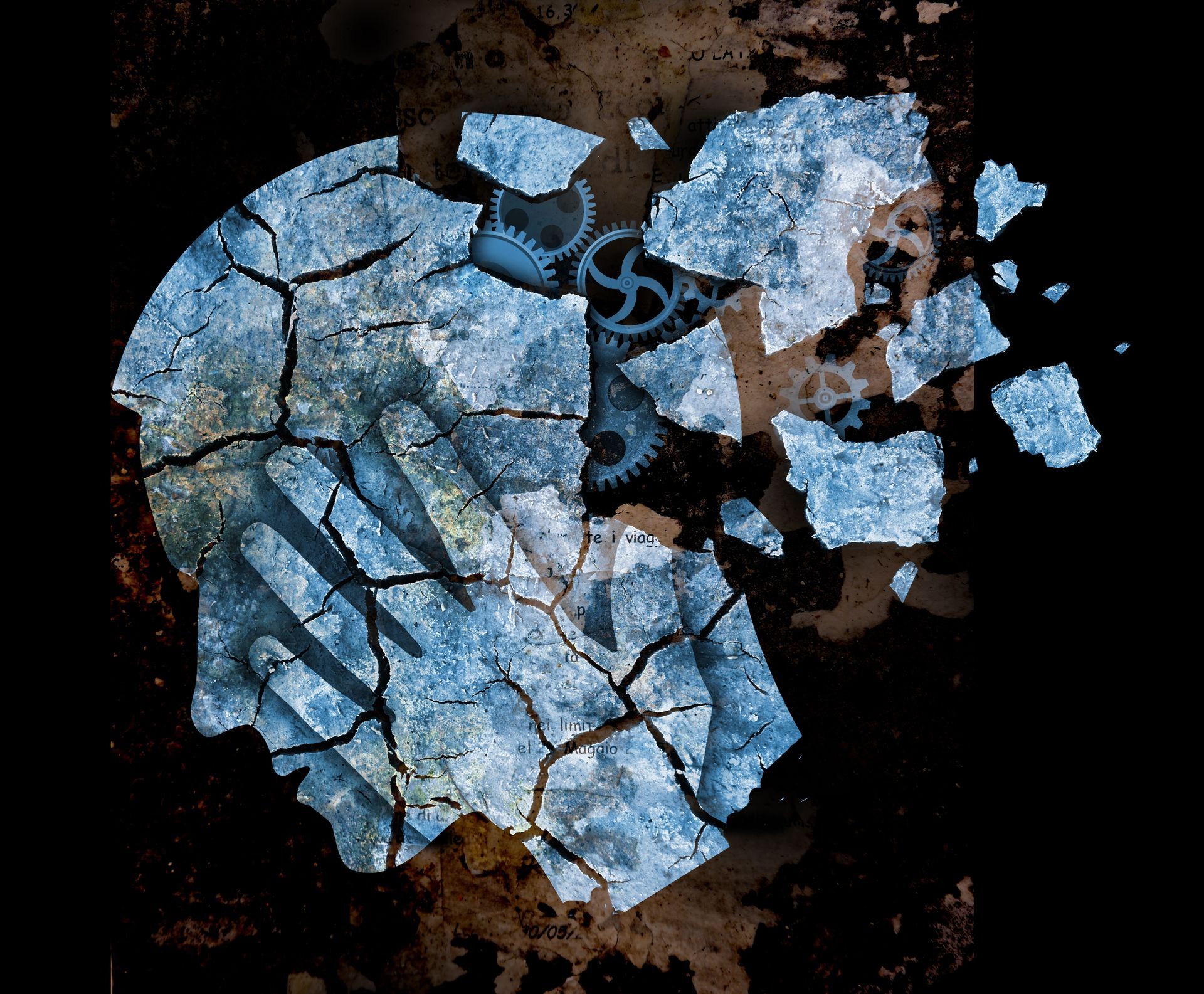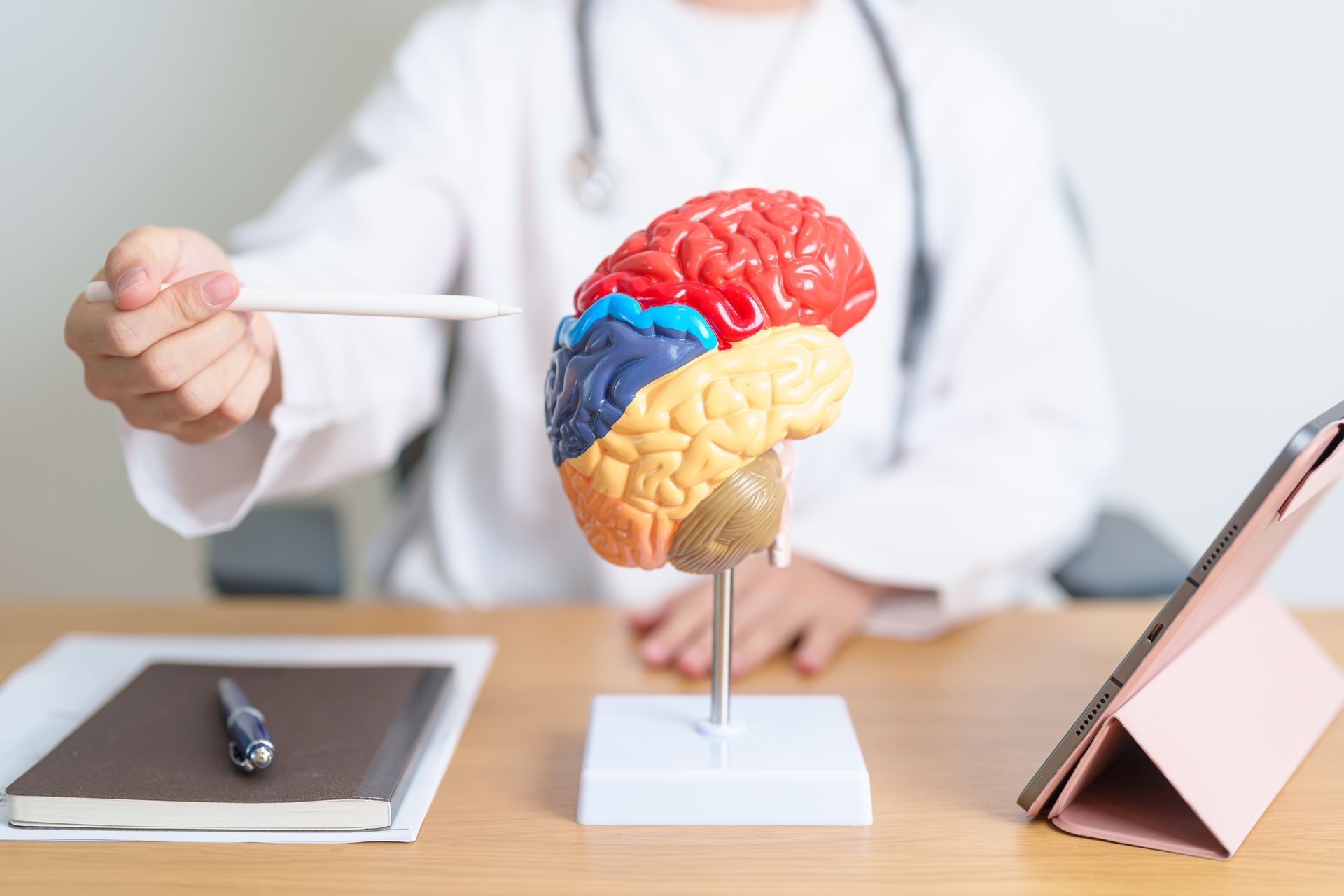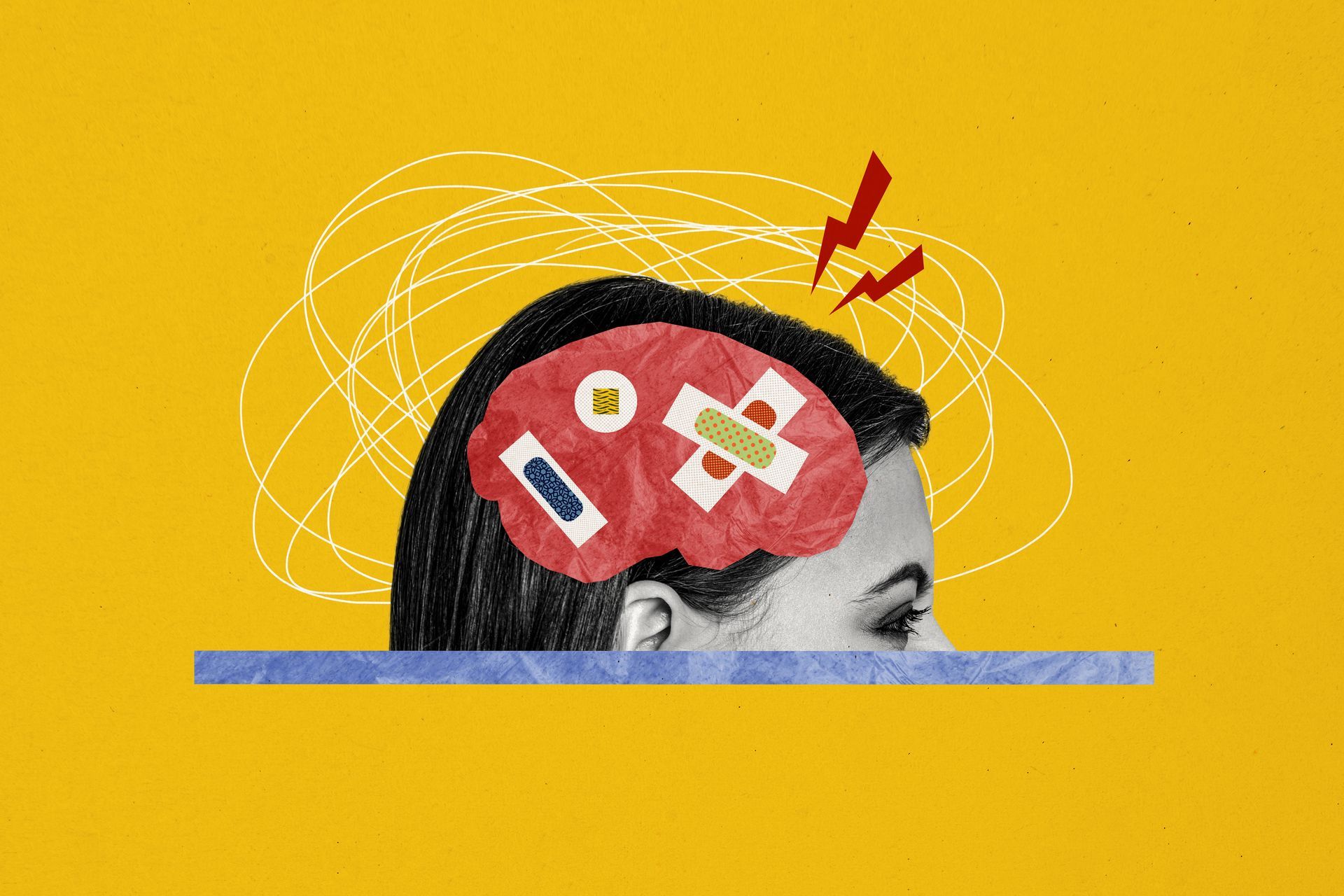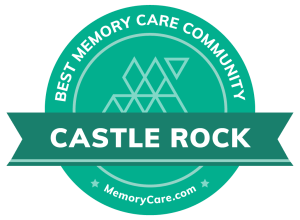BLOG
Planning Ahead: Creating an Effective Care Plan For Brain Injury Survivors
Brain injury survivors often face complex challenges that require a structured and individualized care plan. A comprehensive care plan helps address their physical, cognitive, and emotional needs, offering a roadmap for recovery.
By planning ahead, families, caregivers, and medical professionals can provide consistent support to promote long-term well-being. Let’s look at essential components of creating an effective care plan tailored to brain injury survivors.
Understanding the Needs of Brain Injury Survivors
Brain injuries can vary widely in severity and impact, requiring personalized approaches to care. Survivors may experience cognitive challenges such as memory loss, difficulty concentrating, or impaired decision-making. Physical impairments like mobility issues or chronic pain often accompany brain injuries, further complicating recovery. Emotional and behavioral changes, including anxiety or depression, also require attention in care planning.
A thorough assessment of the survivor's condition is the first step in creating an
effective care plan. Medical professionals can provide insights into specific challenges and recommend therapies to address them. Caregivers should consider both immediate needs and long-term goals to ensure a holistic approach. Regular evaluation and care plan adjustments are crucial as the survivor's condition evolves.

Involving the survivor in the planning process empowers them and fosters a sense of control. Their input helps identify priorities and preferences, making the care plan more effective and personalized. Open communication between survivors, families, and medical professionals builds a strong foundation for collaboration.
Education is essential for caregivers to understand the unique needs of brain injury survivors. Knowledge about the injury’s effects and potential recovery paths enables informed decision-making. With the right information, caregivers can better navigate challenges and advocate for their loved ones.
Establishing a Multidisciplinary Care Team
An effective care plan for brain injury survivors relies on the expertise of a multidisciplinary team. This team typically includes medical professionals, therapists, and support specialists. Collaboration among these professionals ensures that all aspects of the survivor’s health and well-being are addressed.
Medical professionals such as neurologists or primary care physicians play a central role in managing physical health. They monitor progress, prescribe treatments, and address complications. Physical and occupational therapists help survivors regain mobility and adapt to daily tasks. Their guidance fosters independence and improves the quality of life.
Mental health professionals are critical in addressing emotional and psychological needs. Counseling or therapy sessions can help survivors process their experiences and develop coping strategies. Support groups also offer a valuable outlet for sharing and learning from others facing similar challenges.
Case managers or social workers can coordinate services, ensuring survivors access to necessary resources. They bridge gaps between healthcare providers, rehabilitation programs, and community support systems. Their involvement simplifies the process for families navigating complex care systems.
Family members are also vital participants in the care team. Their insight into the survivor’s preferences and daily routines contributes to a more cohesive plan, and family involvement ensures that the care plan aligns with the survivor’s lifestyle and goals.
Set Realistic Goals and Milestones
Clear goals and milestones provide direction and motivation for brain injury survivors during recovery. Goals should be realistic and achievable, reflecting the survivor’s unique abilities and challenges. By breaking recovery into smaller steps, caregivers can celebrate progress and maintain a positive outlook.
Short-term goals often focus on immediate needs, such as managing pain or regaining essential mobility. These goals set the foundation for longer-term achievements and build confidence in the recovery process. As survivors reach these benchmarks, they gain the encouragement to continue their journey.
Long-term goals emphasize independence and quality of life. They may include returning to work, hobbies, or developing new skills. Setting these goals early helps caregivers and survivors prioritize efforts and allocate resources effectively.
Tracking progress is essential to maintaining momentum and identifying areas needing adjustment. Regular evaluations with the care team allow for revisions to the plan based on the survivor’s growth. Flexibility ensures that the care plan remains relevant and supportive over time.
Celebrating milestones fosters a sense of accomplishment for both survivors and caregivers. Acknowledging even small successes reinforces positivity and strengthens the commitment to recovery. These celebrations remind everyone involved of progress, no matter how gradual.
Incorporate Rehabilitation and Therapy for Brain Injury Survivors
Rehabilitation and therapy are key components of a care plan for brain injury survivors. These interventions address physical, cognitive, and emotional challenges, promoting recovery and adaptation. A tailored rehabilitation program maximizes the survivor’s potential for improvement.
Physical therapy focuses on restoring strength, coordination, and mobility. Exercises target specific areas of weakness, helping survivors regain independence in daily activities. Therapists may also recommend assistive devices to enhance safety and functionality.

Cognitive rehabilitation addresses memory, attention, and problem-solving skills. Techniques like memory aids or task sequencing improve survivors’ ability to navigate daily tasks. Cognitive therapy sessions also build resilience, enabling survivors to manage challenges effectively.
Emotional and behavioral therapies help survivors cope with mood changes or personality shifts. Techniques such as mindfulness or cognitive-behavioral therapy (CBT) help regulate emotions and improve mental well-being. Therapy sessions provide a safe space to explore feelings and develop coping mechanisms.
Integrating therapies into the care plan requires coordination among providers. Scheduling sessions, monitoring progress, and maintaining consistency are critical for achieving desired outcomes. Collaboration ensures that therapy aligns with the survivor’s overall recovery goals.
Build a Supportive Environment
Brain injury survivors must create a supportive environment at home and in the community. A safe and accessible living space promotes independence and reduces stress. Modifications like grab bars, non-slip surfaces, or organized storage simplify daily activities and enhance safety.
Social connections play a vital role in recovery, providing emotional support and reducing isolation. Encouraging survivors to engage with friends, family, or support groups fosters a sense of belonging. Positive interactions boost morale and contribute to emotional well-being.
Caregiver support is equally important for maintaining a healthy environment. Access to resources, such as respite care or counseling, helps caregivers manage their responsibilities effectively. A well-supported caregiver is better equipped to provide high-quality care.
Community resources, such as rehabilitation programs or advocacy organizations, offer valuable support. These resources connect survivors and families with information, services, and networks that enhance recovery. Building a community of support ensures that survivors feel empowered and understood.
Planning for a Better Future
An effective care plan empowers brain injury survivors to navigate recovery with confidence and purpose. By understanding their needs, building a multidisciplinary care team, and setting realistic goals, caregivers can provide the foundation for meaningful progress. Rehabilitation, therapy, and a supportive environment further enhance the journey toward independence and well-being.
Contact us today to learn how we can help create personalized care plans that address the unique challenges of brain injury survivors. Together, we can support a brighter future.
